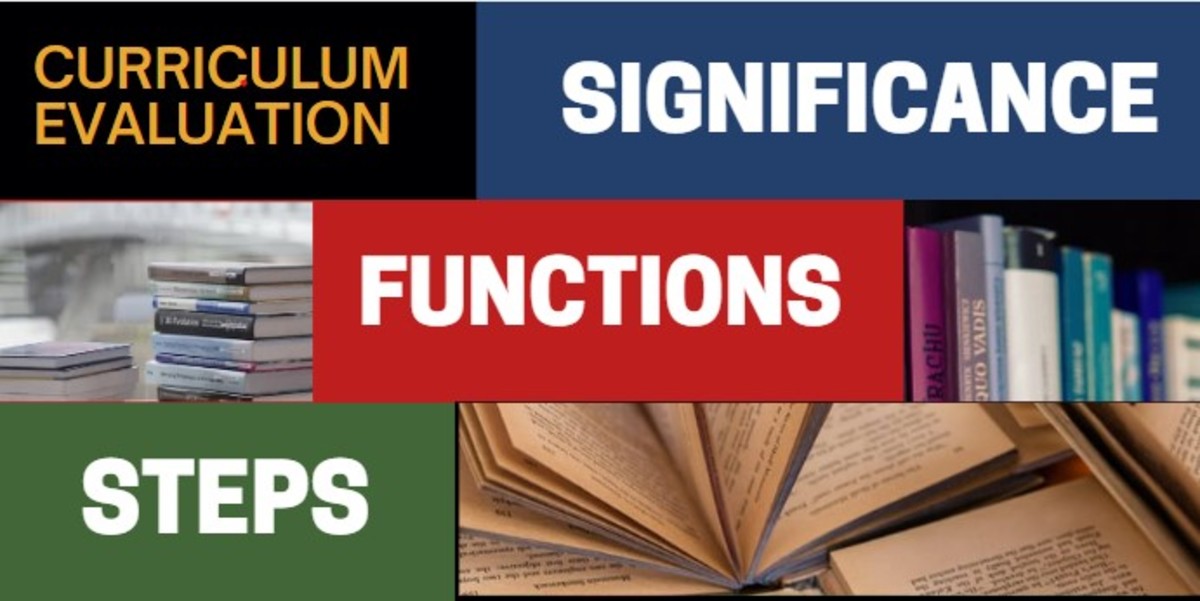What is Standards Educational Reform ?

This article will discuss how the standards reform movement has changed the field of education. This movement has changed the way educators provide instruction and assess what students learn. The following will reflect on the effectiveness of standards as a vehicle for educational reform.
Before the No Child Left Behind Act of 2001 was passed, “local school boards made decisions about what curriculum to teach.., but there were no explicit public standards for what all students should know and be able to do.” (Barth, 2006, p. 2) Thereby, instructional strategies and assessments were determined by individual school districts. Standardize testing was based on the bell curve; “how students performed in relation to their peers, but very little about how well they know about subject matter. “ (Barth, 2006, p.2)
Consequently, testing procedures created a problematic environment with grading and resourcing inequities. The school districts with adequate funding and resources were better prepared to help students academically. Unfortunately, schools without funding and resources suffered; resulting in, American schools receiving a label as “bad.” (Meier,1993-2005, p. 3) Many Americans felt that ineffective schools would affect America’s economic future.
Should No Child Left Behind Educational Reforms Be changed?
No Child Left Behind Manadate
Therefore, drastic changes needed to be made to correct the overall performance of American schools. Academic experts, educators, and policy makers had to determine what is considered “well educated.” (Meier,1993-2005, p. 3) As a result, a set of curriculum standards were designed to raise student and teacher academic expectations. In 2001, the No Child Left Behind Act was passed to enforce strict and tough academic goals. Educators would use these standards to provide effective instruction and assessment measures. If a school did not make adequate progress, harsh consequences were implemented such as, a decrease in funding or “complete state take over ..to financial rewards for good performance.” (Barth, 2006, p.1) Never before were school districts held accountable for student performances on standardize testing.
Therefore, educators and school districts focused on raising student test scores, because much was at stake. Because of the rewards and consequences, standardize test “are said to be high stakes.” (Barth, 2006. p.1) Drastic changes in what and how educators taught was implemented.
Standard Based Instruction Alignment
In the area of instruction, teachers had to provide standards based instruction, which catered to all types of learners. School districts had to ensure that every student have the same academic opportunities. Although still a challenge, resources and state funding is provided for all schools. Reading and math specialist work closely with teachers and students on standardize learning objectives. Workshops provide teachers with crucial instructional strategies on aligning instruction into the curriculum. Curriculum teams comprised of educators, parents, and community stakeholders work to design academic curriculum guides.
Teacher Lead Accountability Teams
The state Board of Education would send out teams to complete school walk-thrus, which provides a “snapshot” of what works or does not. In addition, pacing charts are implemented to target crucial learning objectives, which were not met on the previous years test results. Schools used funding to purchase reading and math software that reinforces learning objectives. Technology has become an effective tool to integrate into the curriculum and provide another way for students to learn.
Classroom Assessment Tools
Various assessments are used to measure student performances based on high state standards expectations. Teachers needed training on how to design and effectively use rubrics that assess learning. Instead of waiting for the “high stakes” standardize testing results, schools implemented assessment strategies daily, weekly, and quarterly. Much investment was put into purchasing additional assessment tools such as, web-based program Study Island, which tracks learning. Classroom portfolios have proven to be invaluable assessment tools to review what was learned and areas to revisit.
In Illinois, the Board of Education changed standardize test from the IOWA test to ISAT test. The obvious difference between these test is that the ISAT test assess students ability to use critical thinking skills Therefore, teachers instruct students on completing “open-ended response” questions and various types of analytical/synthesis questions. In contrast, the IOWA test focused on recall and retelling of facts.
Fixing No Child Left Behind
In the future, the standards movement will continue to design stronger standards that will “reinvent schools.” (Meier, 2006, p.3) Technology will become an increasingly important tool in education by encouraging collaborative or cooperative learning. As a result, teachers will become facilitators of student learning and have more time to design standard based lessons. Standardize testing has changed once and perhaps educators will have input on designing a standardized test based on how students learn.
In conclusion, the standards reform movement seems to “level the playing field” for all types of learners. A high set of state standards guarantee that all students are “well educated”. However, if a school is not adequately progressing, the consequence may be less funding or complete state takeover. Therefore, educators and stakeholders must work together to meet student’s academic learning needs. This will call for extra training in technology, instructional, and assessment strategies. In the future, high learning standards will continue to drive learning and instruction.
References
Barth, P. (2006, March 23). A guide to standards-based reform. Retrieved from website Center for Public Education: http://www.centerforpubliceducation.org/site/pp.aspx?c=KjJXJ5MPIwE&b=1505663&prin.
Meier, D. (1993-2005, February/March). Educating a Democrac: Standards and the future of public education. Retrieved from Boston Review: A political and literary forum: http://www .bostonreview.net/BR24.6/,meier.ht









